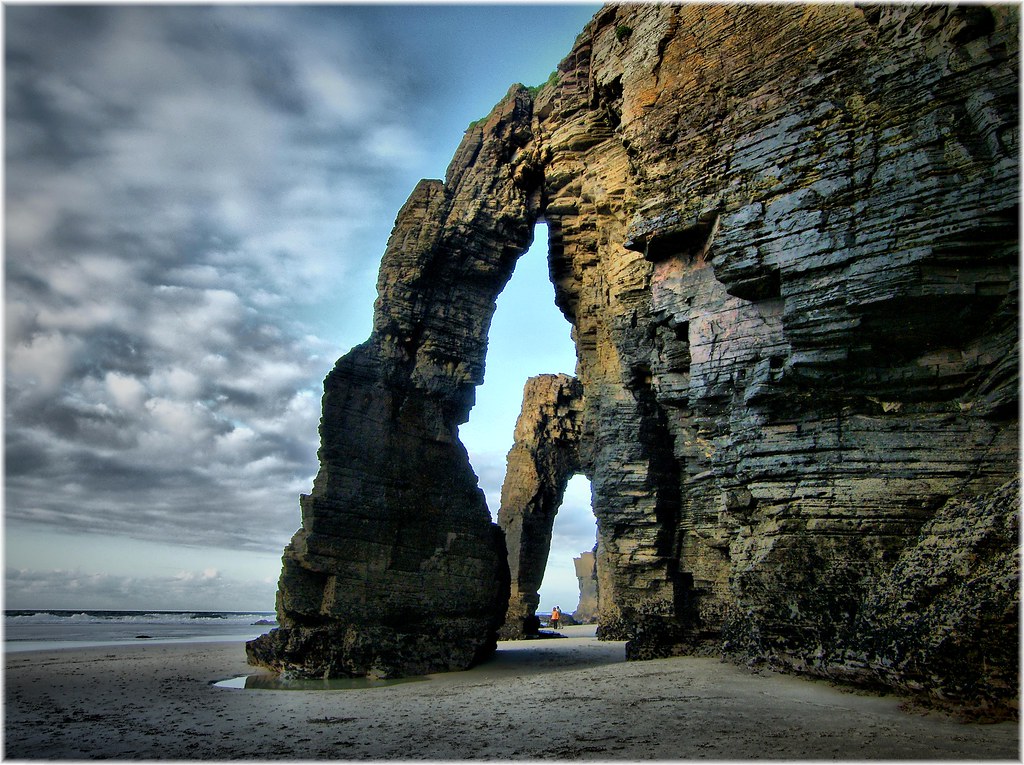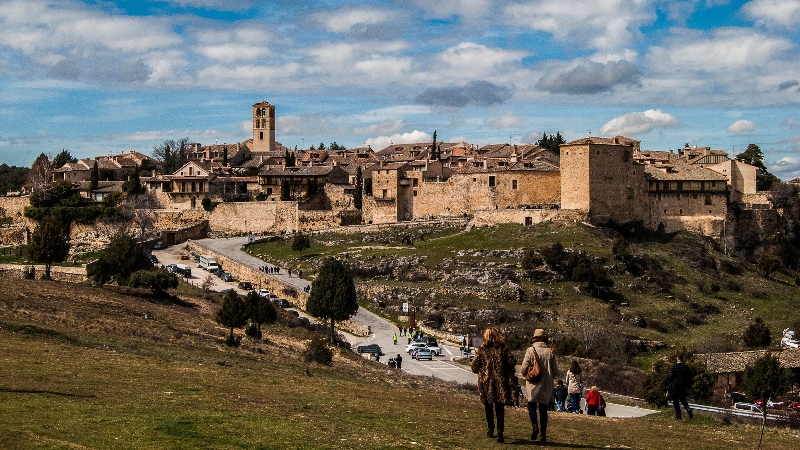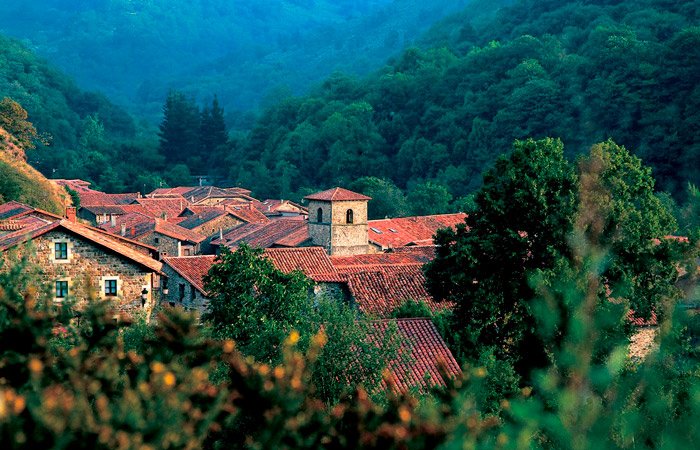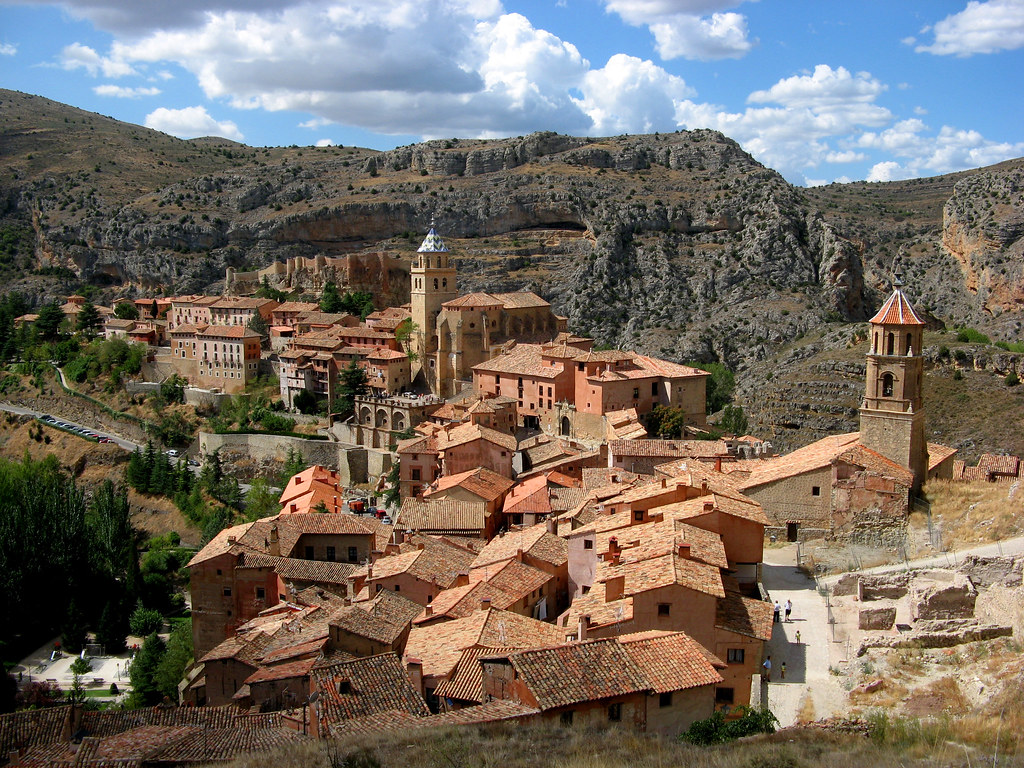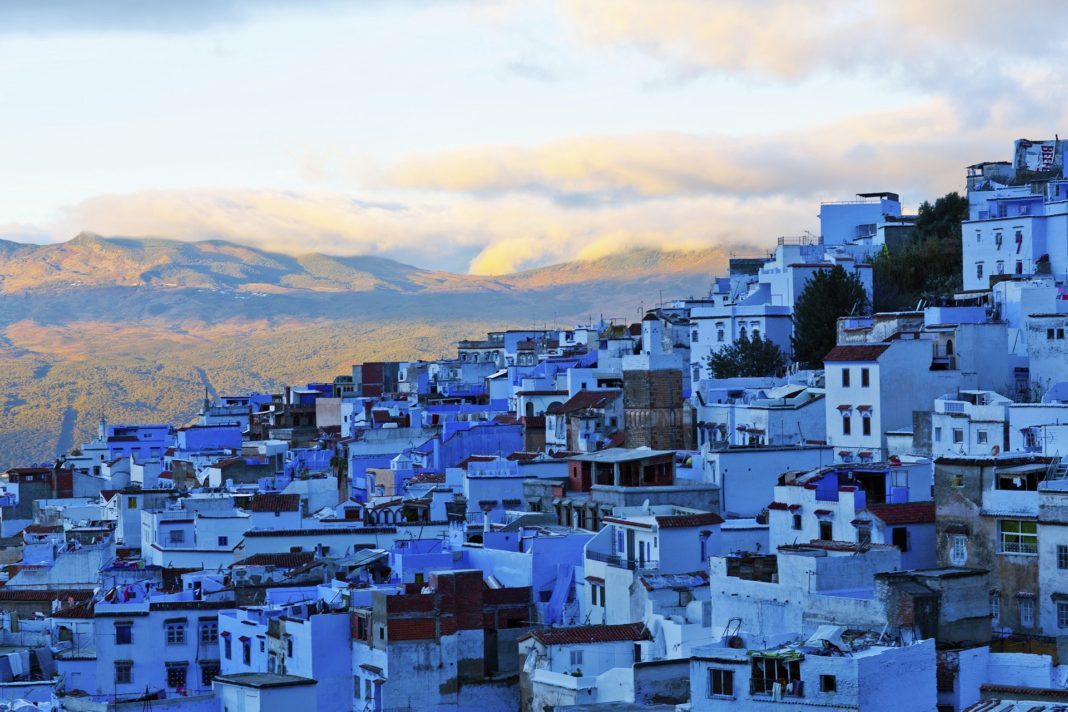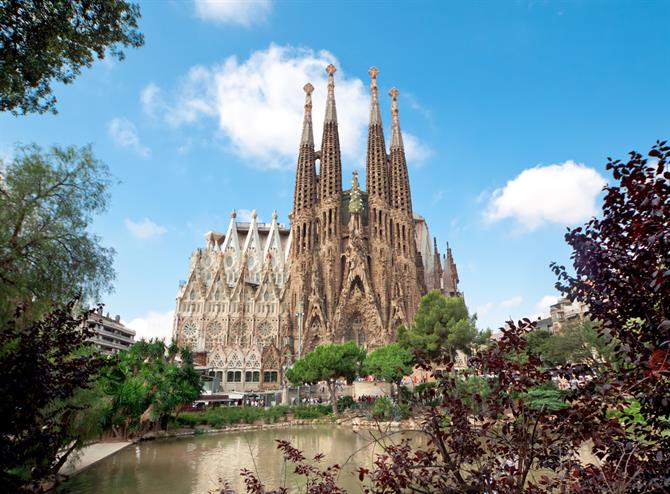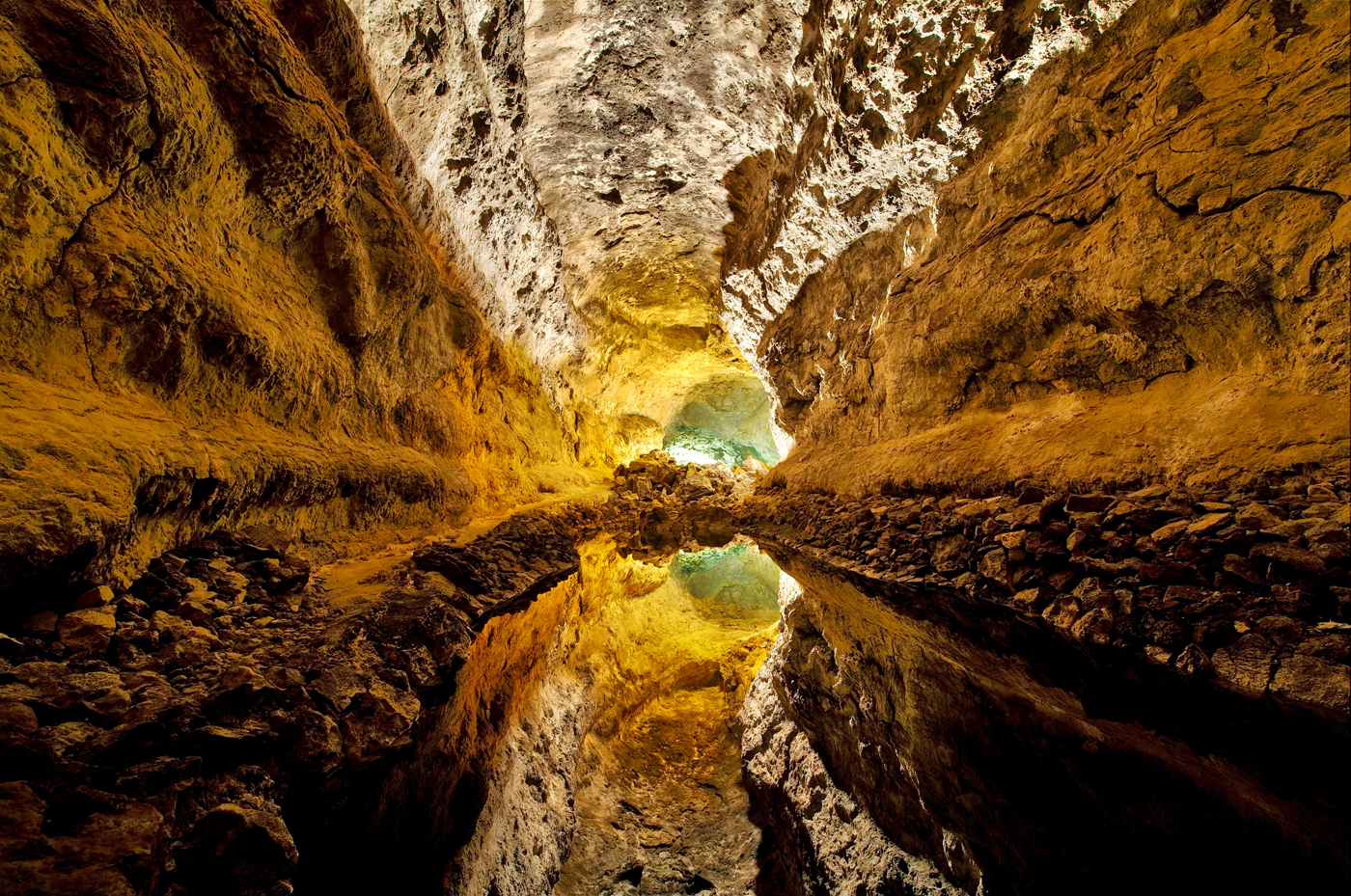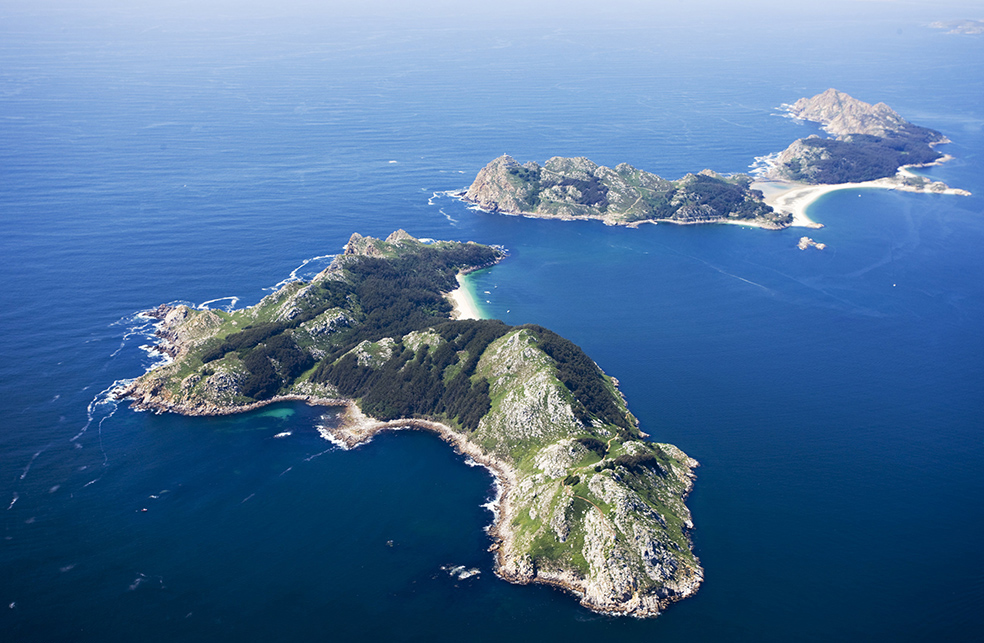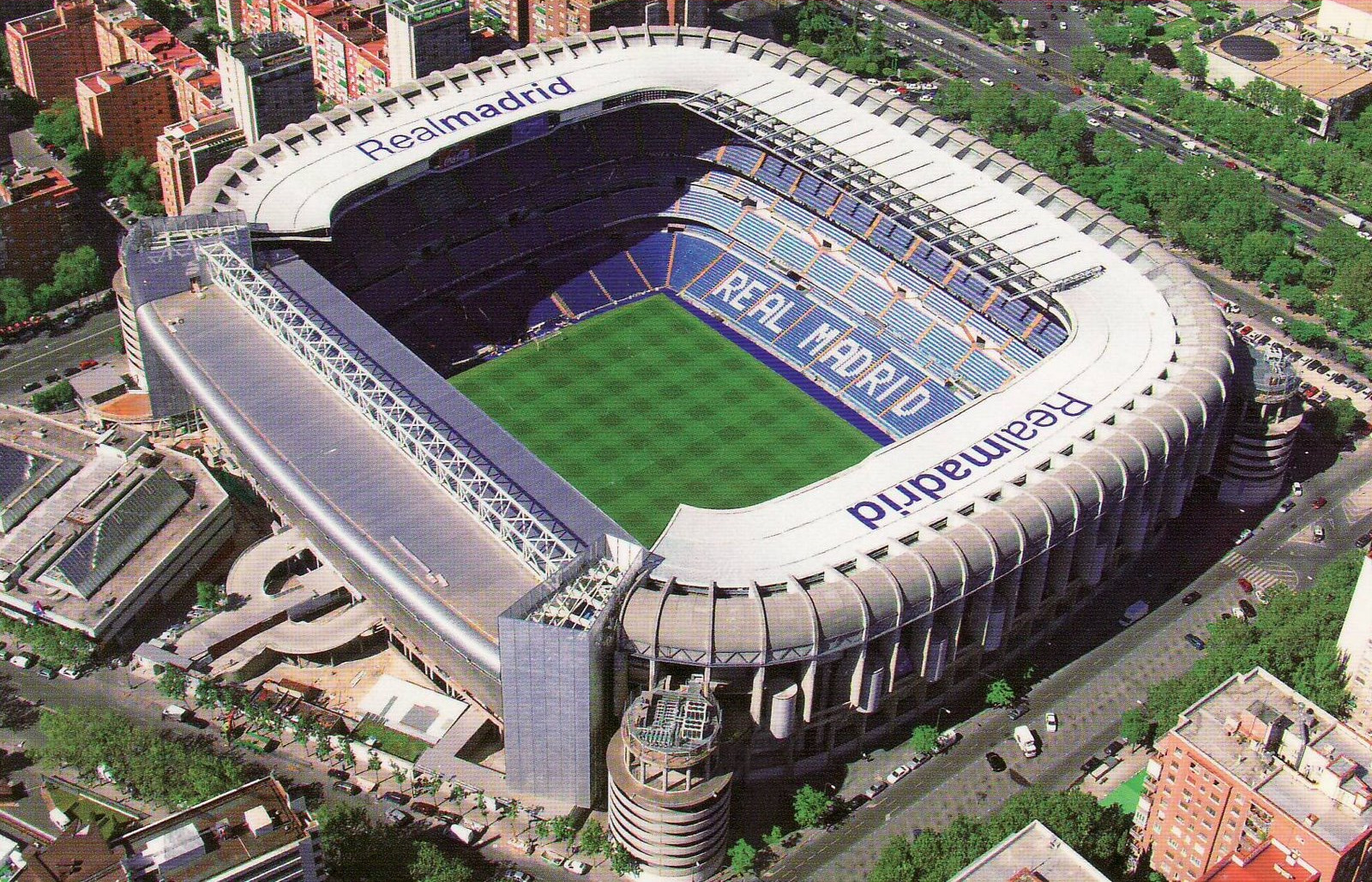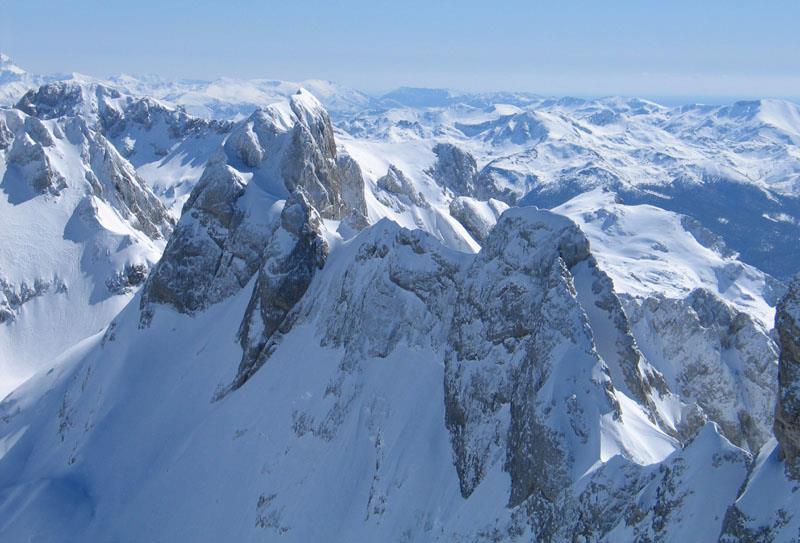
The Santiago Bernabeu Tour offers the chance to visit the Santiago Bernabeu Stadium at your own pace, you can visit the home of Real Madrid, the most important soccer club in the world, voted by FIFA as the best club of the twentieth century. You can step on your lawn, sit on the benches, visit the trophy room, the most important part of any club.
Real Madrid , founded in 1902, opened his famous stadium on December 14, 1947. Considered by professionals worldwide soccer like stadium more impressive when you have to play in it.
Forbes magazine published a few days ago now Real Madrid is the richest sporting institution in the world, ahead of Manchester United. Already more delayed is the FC Barcelona, New York Yankees and the Dallas Cowboys.

The Santiago Bernabeu Stadium, has been listed by UEFA with the highest distinction, «Elite Stadium» or «Five Star Stadium». With capacity for 85,454 spectators in its history has been a pioneer in many facilities, such as the first stage in the world remotely managed, their color scoreboards, screens, heating in the stands, heating on the lawn, and many more.
The good management of its facilities was recognized when during a football game with their stands full in 2004, to a terrorist threat, the stadium was evacuated completely in less than 8 minutes in perfect order and without suffering any human or material damage. Something that was recognized in Europe as an example of speed, order and civility.
The museum of the Santiago Bernabeu is the fourth most visited museum in Spain and probably the most visited museum in the world sports. His trophy room is the most famous, where everyone looks photographed with 9 Champions League trophies, something no other team has. The 9 cups are the envy of European soccer, when you consider that no one comes close to that figure.

The «Tour of the Bernabeu», where fans can walk around the stadium is a major tourist attraction for Madrid. Where 60 percent of visitors are Spanish and 40 percent of foreigners from more than 100 countries where Europeans account for 70 percent and the remaining 30 percent come from other regions.
Within Europe, French schoolchildren are the most ‘fans’ and the first to want to visit the stadium, followed by English tourists, Italians – on at Christmas – French, German and Portuguese neighbors.
For visitors from other parts of the world, the ‘Top 5’ is led by Mexico, followed by Brazil, Argentina, Japanese and Ecuadorian citizens living in the Community of Madrid.
The Stadium Tour can be done every day of the year (except December 25 and January 1 and the post-match days ), from 10:30 to 18:30, and even on game days, up to five hours before the start of the meetings. These and the post-match days, only allowed to visit the Trophy and the shop area Realmadrid a reduced price.
The first day of the new experience Stadium Tour has been a resounding success. Over a thousand people have visited, so soon will exceed the figure of 30,000 visitors who had the previous route. With this new Tour ( much more complete and fully flexible schedule, among other advantages ), Real Madrid will find a new source of income, but mostly moved to the world an image of modernity.
According to Raul Respaldiza , Facilities Operations Manager, «The Stadium Tour is the best example of the proposed facility operation that is putting the club up. Pays a lot of both infrastructure investment and technology at all times, from the beginning, always made with a business perspective». And the tour, too, is a lesson in teamwork.

The tour begins at the central box office where tickets are purchased. The Tour is open every day of the year except December 25 and January 1, with hours from 10:30 hours to 19:30 hours, initially.
The Tour is accessed via Gate 40 , located on Calle Concha Espina. The screens on the doors and box office are timely information on the Tour.
We’re inside the stadium. Some modern lathes allow us access to the elevators. The rise in one of eight panoramic elevators that were installed in the summer of 2002 and is impressive. Another way to see Madrid. But the good news starts now.
The panoramic view from one of the highest points captivates visitors Stadium. You can breathe another atmosphere. Very white.
Now we have to go down the elevators, at the output we panels that collect Stadium history, from his birth in 1947 until today. The information, entertaining and in two languages, we can complete the evolution and transformation of the Bernabeu, which is practically a stadium inside the stadium itself.
Along the route, there are continued signs and information panels. It is impossible to miss… although many would not mind.

One of the virtues of the visit is that you can see the stadium from different perspectives. This is found for a little tour of the stands, Palco road.
The Royal box is Point 2 of our visit. It is the most exclusive area of the stadium, and where you can photograph you in one of its comfortable chairs, where you have an excellent view of the pitch. There our players have collected many trophies. You feel like one of them.
Then you will know the anteroom, where you can enjoy in their plasma monitors with several videos about the Club, or watch Real Madrid TV in any of their TVs.
Del Palco, the locker room, one of the most loved places our visitors. There they discover where they dress the stars. Many secrets contained in these walls.
In the lobby, a beautiful Real Madrid shield separates the local costume visitor. We continue our journey through the tunnel, where you can feel all the excitement before a game.
And we left the field, covering these exclusive meters separating us from stage fright. Here we already feel like real players who are ready to start a game. We’re on the pitch, one of the places where pictures are taken along this tour. You point in all directions. The reels fall alone.

We can also sit on the bench, since it has a unique perspective of what happens on the field. See up close the legendary grass at the Bernabeu and is a privilege. And feel the silence of those empty stands, which on match days becomes a human volcano.
And of course, after the «volcano» have to quench the thirst. A stop on the way at a lively bar, where we balance the emotions experienced. We still visit the exhibition, which summarizes the history of Best Club XX Century.
The exhibition has also varied, introducing many improvements. Information panels have been translated into English. It is still shocking . Nowhere in the world are more and better drinks.
The Tour ends in the shop area Realmadrid, the end point. Here are the best souvenir to testify.

These with the places you can visit in the Tour of the Bernabeu:
– Overview of the Bernabeu
First a spectacular climb up one of the 8 panoramic lifts are there in the Estadio Santiago Bernabeu.
– Exhibition of trophies.
European Cups, Intercontinental Cups, League Cups, Spain, UEFA Cups, Super Cups and many more titles. With them you will see images of historical parties, mythical uniforms, pictures of the players who have been part of the first team, computer boots… and many more things related to Real Madrid.
– Tour of the perimeter of the playing field.
Enjoy the tour of the perimeter of the Field of Play. You can return to see the spectacle of the Santiago Bernabeu, from the perspective that players have when in the field.
– Presidential Palco.
The Royal Box is the most exclusive area of the Santiago Bernabeu Stadium. It is reserved for managers of both teams, officials and special guests. It is also the place where Real Madrid captains have raised many of the trophies won throughout history.
– Players’ tunnel , bench and technical area.
The Players Tunnel gives access to the bench and Technical Zone , where you can sit and imagine how they see the game the coaches, to thereby make the right business decisions.
– Changing.
Here you have the opportunity to imagine the thrill that players live before and after every game. You can enter the costume visitor.
– Newsroom.
At the end of parties held a press conference with questions, answers and opinions about the game you just played in the pitch.
Services:
Open every day except December 25 and January 1. With special tour schedule and game days and after this.
DAYS THAT THERE IS NO GAME
Visiting hours:
Monday to Saturday: 10:00 to 19:00 hours.
Sundays and holidays from 10:30 to 18:30 hours.
The Visit:
– Overview of the Stadium
– Palco de Honor
– Costumes
– Tunnel players
– Bench and technical area
– Pitch
– Trophy Room
– Store
DAYS THERE GAME
Visiting hours:
Up to five hours before kick-off .
The Visit:
– Trophy
– Store
– Panoramic view from the lookout Stadium West Side and Store
* In case of testing at the Stadium closed , the Tour can be closed during the time the same . If so, inform the visitor Club before access
Access Door Tour located at No. 20 ( AV. de Concha Espina)
